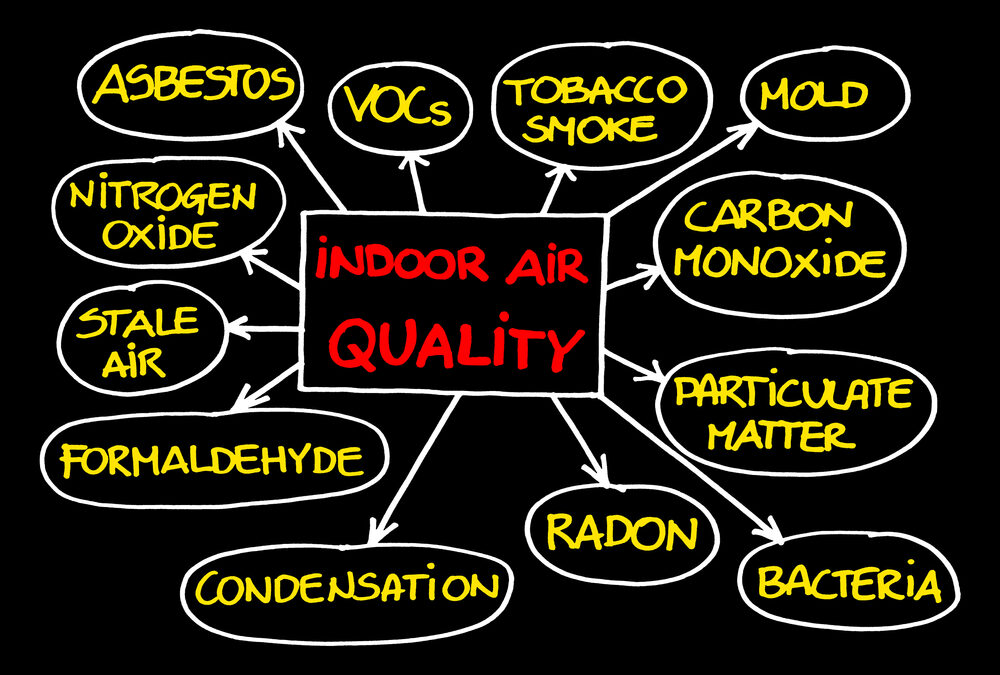Eliminating radon is not possible but reducing its levels is. A Radon mitigation system is a system that is present to reduce the radon levels in a building. If you’re planning to install a radon mitigation system in your house, here are some things that you need to know.
The Different Types of Radon Devices for Radon Mitigation
There are two types of devices on use for radon testing. One, where you need power to function and one where you don’t need it. Let’s look at the two types here.
Active Devices
Devices that need the power to function are active devices, like continuous working level monitors. They detect the radon levels continuously and detect test interferences during the period. You can do do-it-yourself by buying it, but it can be a little expensive. However, you will get accurate results with active devices, and they are reliable too.
Passive Devices
Electret ion chamber detectors and alpha-track detectors measure radon levels precisely. Some devices also detect disturbances during the test and alert you the same. Passive devices are affordable and available in drug or hardware stores since they don’t need the power to function. You can hire a certified professional or perform DIY to measure radon levels at your home initially.
Duration of Radon Testing
No two days have the same radon levels, so you need to test for radon for some time. There are two kinds of radon testing:
Short-term Radon Testing
In this, we test radon for 48 hours or a week. Testers observe radon levels over this short time using devices such as charcoal canisters and alpha track detectors. If the short-term test reveals the presence of radon, you need to go for a long-term test. You may also want to install a radon-reduction system.
Long-term Radon Testing
In this, we test radon for over a year, to know the average annual levels – done using the same devices as short-term testing. If the radon levels are higher than usual, it means you need to make changes to your home or install a radon mitigation system.
DIY or Hire Qualified Tester
If you’re conducting the test by yourself, you need to do the following:
- Keep all the doors and windows closed 12 hours before the test.
- Place the test kit 20 metres above the ground level and ensure it is not touched during the test.
- If the weather is not in good condition, such as heavy storms or winds, avoid taking the test that day.
- Make a note of the start date and time and hand it over to the lab once the test is completed for detailed analysis.
If you hire a professional:
- Keep everyone informed in the building
- Ensure everyone cooperats during the test.
- Since there shouldn’t be any disturbance when the test is ongoing, you must inform others.
Things to Do Before a Radon Test
- If there are tenants, you need to notify everyone about the test and the importance of doing it. Once residents know why it’s being done, testing the house for radon becomes easier.
- If it’s a short-term test, you need to keep all the windows and doors sealed before and during the test.
- If you’re doing the test yourself, you should carefully follow the instructions and only proceed. But f you’re hiring a professional, ensure they are certified.
Final Thoughts
Testing radon is not easy since you cannot see or smell this radioactive gas. But with the help of suitable devices, you can detect radon levels easily. Whether you want to go with short-term or long-term testing depends on you.
But most professionals, like Atlantic Radon, go for short-term testing first to detect radon in the house and then long-term testing to ensure overall safety. There are different mitigation systems that you can go for depending on your budget and always keep the radon levels low.
If you’re a seller, you need to add a radon mitigating system to get buyers and ensure their safety. So, always be one step ahead and have all the documents in hand to show the buyer if you’re asked to. Keep the radon levels low by taking preventive measures if you’re renovating or building a house. Talk to the Atlantic Radon Mitigation team today!




